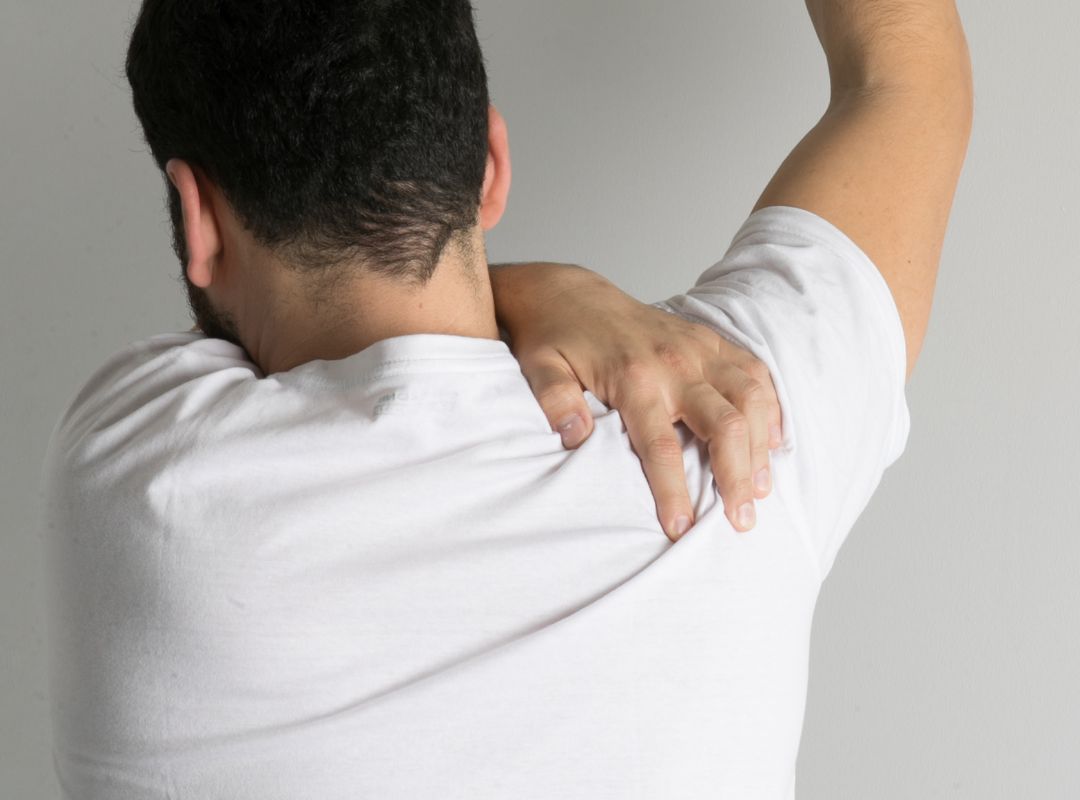Clavicle Fracture
Clavicle Fracture
What is the clavicle ?
The clavicle is a long, flat bone that connects the upper limb to the trunk . Due to its superficial location and the high loads it supports, clavicle fractures are the second most common in the shoulder region.

When do clavicle fractures occur?
Clavicle fractures can be caused by several mechanisms, which also vary according to age group. In newborns, they can occur due to trauma during birth. In children and adolescents, falls onto the extended upper limb or directly onto the shoulder are the most common mechanism, often associated with sports or high-energy accidents, as in adults. In the elderly, simple falls from standing height can cause these fractures.
How do clavicle fractures manifest?
When fractures occur in the body of the clavicle (its central portion), the deformity becomes evident due to the superficial location of the clavicle, just under the skin in the upper shoulder region. If the deformity is very significant, the bony tops may even pierce the skin to the surface. Difficulty raising the arm and incapacitating pain are other common symptoms
What is the treatment for clavicle fractures?
What is the treatment for clavicle fractures?
Treatment of clavicle fractures depends on the affected region (lateral, intermediate or medial third), age and functional requirements, and the deviation and deformity present.
The most common fractures are those of the body (middle third), which can be treated conservatively with immobilization of the arm for 3-4 weeks in children and adolescents, and in adults with slightly displaced fractures.
In fractures with greater displacement , surgery for fixation with a plate can allow an earlier return and better shoulder function.
Fractures of the lateral third are the second most common type and must be treated surgically when they compromise the stability of the joint with the scapula. Finally, fractures of the medial third are the rarest , occurring mainly in late adolescence due to a zone of later bone maturation.
Although uncommon, these fractures require surgical treatment when they deviate posteriorly due to the risk of compression of structures such as the trachea and esophagus.
